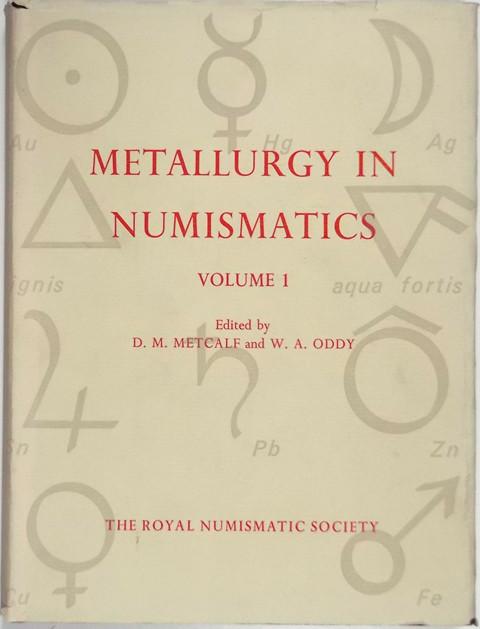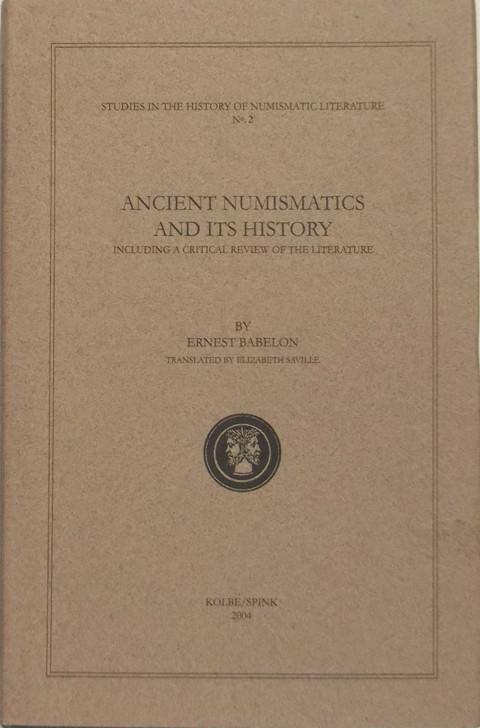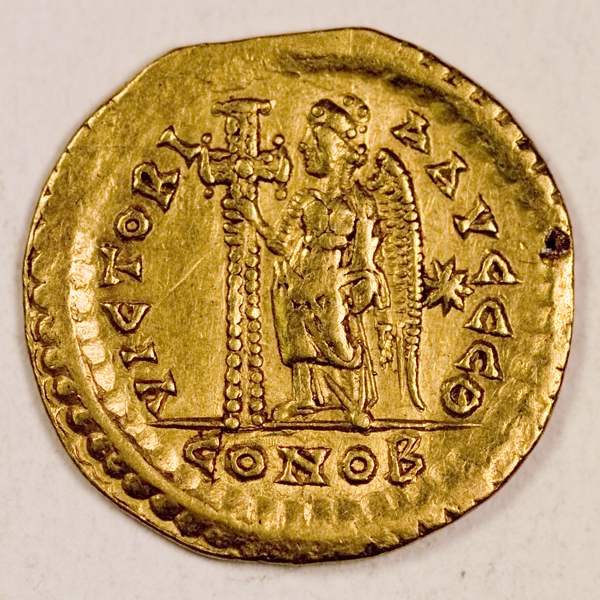Free Info On Deciding On Coin Marketplace And Coin Issue
Wiki Article
What Can I Do With Databases To Study Numismatics With Regards To Security Printing Facilities?
In order to conduct research on numismatics, databases are required to provide details on printing of currency, security features and the modern technology. Here's a step-by-step approach for conducting such research: Databases Selection: Select databases that specialize in the production of currency or security printing facilities. Examples include databases from national mints, such as the United States Mint or Royal Mint and central banks like the Federal Reserve and European Central Bank as well as publications or databases that are specific to the business.
Define Research Focus: Specify your research objectives. Are you looking to understand the background and operations of security printing, the latest technological advancements in the production of currency or security features that have been implemented on banknotes and coinage? Find out what you're seeking to know in order to guide your lookup.
Search Strategy: Choose specific keywords, like "security printing facilities,"" "currency printing" or "coin production technology," and include the names of facilities or geographical regions if appropriate. Use advanced options to filter results by date, document types (such production or technical report) and security options.
Data Collection: Access information regarding security printing businesses with their date of establishment as well as technological advances in printing and coining techniques, the types of security features incorporated into notes and coins, and any development in the past or changes in the production methods.
Analyze Data: Review every bit of data to determine the impact security printing technology has affected numismatics. Learn the ways in which security measures like holograms, microprinting or specific inks developed over the years to fight counterfeiting. Compare the printing or minting practices and technologies.
Cross-Referencing Verify results by cross-referencing data in different databases. This ensures that your research will be accurate and complete, allowing you to gain an overview of the global procedures for security printing.
Documentation: Record all of your research findings, including the sources you consulted and detailing the methods you used. Note the details of the databases accessed, search terms used, and the significance of each source to your research needs.
As security printing techniques and technologies continue to advance and evolve, it is crucial to stay up-to-date with latest developments. For the most current information on security features, printing technologies and mint reports stay up to date with the latest industry publications.
If you follow these guidelines, you can effectively make use of databases to research numismatics in relation to security printing facilities. This approach enables a detailed investigation into the technological innovations as well as security measures and historic developments that influence the production of coins as well as banknotes around the world. Take a look at the top read full article on silver for more info including coin die, banknote magazine, banknote dealer, silver coins, coin grading, coin grading, coin news, precious metals, banknote certification, gold coins and more.

How Do I Utilize An Online Database To Look Up Numismatics In Relation To Refineries?
For numismatic research in relation to refineries, it is crucial to choose databases that focus on processing of precious metals, minting techniques, and the historical and technological aspects of these facilities. Here's a structured approach to conduct research on this subject: Database Selection: Select databases that focus on minting, refining and refining of precious metals and the numismatics field. Some examples include databases from major refineries such as Johnson Matthey and Heraeus or mints of the government such as the United States Mint and Royal Canadian Mint.
Define Research Focus: Specify your research objectives. Are you interested in learning about the history and operation of specific refineries Do you want to know more about technological advancements and the production of gold and coins or quality standards in the processing of precious metals? Clarify your goals to help you narrow your search.
Search Strategy: Include refinery names and geographic regions or historical dates in your search. Additionally, you can use terms like "precious-metals refineries", "minting processes" and "bullion production". Advanced search options let users to filter their search results by date, document type such as technical reports and production statistics or refinement techniques.
Data Collection: Access information on refineries, including their dates of establishment, types of precious metals (gold silver platinum), refining techniques (such a chemical refining or electrolytic refining) as well as any notable historical developments or innovations.
Analysis: Analyze the data to comprehend the role of refineries in numismatics. Examine the ways in which refineries provide base and precious metals used in gold and coin production, maintain quality control of minting processes and contribute to standardizing coinage materials. Examine the methods and technology used by different refineries.
Cross-References: Confirm the information you've gathered by cross-referencing data from various databases and sources. This method ensures that your research is reliable and complete, providing you with an accurate picture of refineries' contributions in numismatics.
Documentation: Record your findings in a systematic manner by noting the sources and methods employed. Detail the databases used and the search term(s) and the relevance each source has to your question.
Stay Current: Refining technology and standards change over time. Stay up-to-date by reading industry publications or mint and refinery reports to stay up-to-date with the latest developments in refining technologies and their impact on the numismatics industry.
Following these steps, you'll be able to effectively make use of databases to research the numismatics of refineries. This approach enables an extensive study of the latest technological advancements in quality-control procedures, as well as the past contributions of refineries to the production of bullion, coins, as well as other precious metals around the world. Take a look at the recommended banknote grading for website tips including numismatic investment, coin value, coin appraisal, currency exchange, coin display, euro, coin marketplace, coin book, gold, coin errors and more.

What Can I Do With A Numismatics Database To Conduct Studies Regarding Authentication Services For Numismatics?
In order to research the numismatics of authentication service, databases are used which focus on identification of coins, certification agencies, fake detection methods, and historical authentication methods. This is a systematic procedure for conducting this kind of research The Database Selection Method: Choose databases specializing in numismatic authenticity, certification organizations, techniques for copyright detection, and historical authentication. Websites of certification agencies (like PCGS and NGC), research platforms for numismatics, and publications by Numismatic Society are some examples.
Define Research Focus: Specify your research objectives. Do you want to know more about the authentication methods employed by certification agencies Are you curious about techniques that identify counterfeits, the old methods of coin identification, or how authentication affects the value of a coin. Make sure you know what your goal is to direct your research.
Search Strategy: Use keywords like "coin authenticity"," "certification agency," and "copyright detector" in your search. If relevant, include specific organizations or technologies that are used for authentication (such micro-imaging or spectroscopy). Utilize advanced search options for filtering results by authentication methods, dates and cases studies.
Data collection: Find out regarding authentication methods employed by certification organizations. Learn more about authentication requirements, techniques (such an imaging system for coins or X-ray fluorescence), and historical perspectives of verification using coins.
Analyze: Analyze and evaluate the data in order to assess the reliability and effectiveness. Examine the way certification agencies authenticate, detect, and maintain standards of reliability and accuracy. Compare the methods used to authenticate coins across different agencies, and also the advancements in technology in the past.
Cross-Referencing. Verify that your research is accurate by cross-referencing information from multiple databases. This includes websites of certification agencies, numismatic journals, historical archives, and publications. This ensures completeness and accuracy when conducting your research. It also provides a comprehensive view of authenticating practices in numismatics.
Documentation: Record all of your findings, noting all sources you used, and noting the methodology. Define the databases you used, search keywords, and the relevance to your questions of each source.
Stay updated: Authentication techniques and standards change with advancements in technology as well as new copyright threats. Stay up to date by keeping track of the latest updates from certification organizations publications on numismatics, certification agencies, and industry reports on the latest authentication methods and developments.
You can use databases to research numismatics in particular in relation with authentication services. This technique allows for an in-depth analysis of the methods employed and the technology used and the historical practices for authenticating coins. It gives an understanding of the validity of authentication and the impact it has on numismatic collecting and trading. View the top rated he has a good point on currency history for website advice including federal reserve, money, currency exhibition, coin issue, currency exchange, coin edge, coin club, coin book, rare coins, banknote design and more.

Where Can I Find Experts On Conservation And Preservation By Using A Numismatics Database?
Here's how to conduct a structured research on the subject of numismatics. A structured method is presented to assist you in conducting this research. Websites of conservation organisations like the International Institute for Conservation of Historic and Artistic Works, museum conservation departments and specialized publications on numismatics are examples.
Define Research Focus: Specify your research objectives. Are you searching for details on techniques for conservation which are applied to numismatic artifacts, cases research restorations of coins, or medals. Do you have an interest in conservation that is preventive or ethical issues relating to the field of numismatics conservation? Clarify what you are seeking to limit your search.
Search Strategy: Use keywords such as “numismatic conservation,"numismatic conservation, "coin-preservation methods," or "conservation practice for medals," as well as specific conservation techniques and periods in the past (such, cleaning, stabilization storage, etc.). Results of searches can be filtered based on dates, conservation topics, and case studies using advanced search options.
Access data on conservation techniques and practices that apply to numismatic items. Find out information about research studies on conservation practices and conservation strategies for preventive use, interviews with conservation specialists, and guidelines on how to store and handle numismatic collections.
Analysis: Analyze the data to comprehend the methodologies, challenges, and innovations in the field of numismatic conservation. Evaluation: Examine the impact of conservation treatments on numismatic artifacts. Also, evaluate the role that analysis of scientific data is playing in the conservation decision-making process. Integrate ethical principles into conservation methods.
Cross-Referencing. Verify what you have found by cross-referencing data across multiple databases. This can include conservation organizations' websites as well as museum conservation departments. This lets you do a thorough and precise research into the conservation of numismatics.
Documentation: Document your findings thoroughly including citations to sources and noting the methodologies employed. Provide the database that were used as well as the research term(s) and the relevance of every source to the research inquiry.
Stay updated: Preservation standards and conservation techniques are constantly evolving with advances in science and technology. Keep up-to-date by following the latest news from conservation organizations and museums' conservation departments and specialized numismatic conservation books for the most recent advancements in numismatic conservation.
By following these steps, you will be able to effectively make use of databases to research numismatics in relation to conservation and preservation experts. This approach allows you to investigate the ethics and methods employed by conservationists in conserving the numismatics. Additionally, you can gain insights into how they've contributed to the cause. Have a look at the best what do you think on coin edge for website recommendations including peso, coin expo, numismatics, dirham, slovak coins, coin planchet, krona, coin blank, lira, coin rarity and more.

What Is The Best Way To Use An Online Database To Look Up Numismatics As Well As Industry Consultants?
To conduct research on numismatics, it is important to use databases that include information on industry reports as well as individual consultants and numismatic societies. This is a method that can be structured to conduct this type of research. A few examples are websites and business directories and publications from numismatic associations as well as databases that are industry-specific.
Define Research Focus: Specify your research objectives. Are you seeking information on consulting services provided to numismatic firms and market analysis of numismatics and the expertise of specific consultants or industry consultants in a particular sector? Define what you're trying to find in order to reduce your search.
Search Strategy: Utilize search terms such as "numismatic industry consulting, "numismatic consulting companies", "market research reports on coinage" and geographic regions, if applicable. Advanced search options let you to filter by date, specialty of the consultant and consulting services offered.
Data Collection: Get information about consulting firms who specialize in numismatics and industry consultants who provide services to numismatic companies. Learn more about the profiles of consultants, specializations (market analysis, collection management, and authentication) as well as testimonials from customers and the reports they've written.
Analyze: Analyze your data to gain more understanding of the role and contributions of consultants from the industry. Examine the expertise of consultants and methodologies in providing advice on investments in numismatics and the market's trends. Also, evaluate the strategies they employ to manage collections and their compliance with regulatory requirements.
Cross-References: Make sure that the information you have provided is correct by comparing it with other databases, publications of organizations that deal in numismatics, as well as reports from the field. This method ensures completeness and accuracy in your research.
Documentation: Record all of your research findings, citing sources you used, and describing the methods you used. Keep track of the details like databases you've accessed and the search terms you used and their connection to your research questions.
Keep up to date: Trends in the market as well as consulting services for numismatics evolve as economic conditions change and government regulations. Keep track of the latest updates on consulting firms' websites, industry reports and publications of the numismatic society for latest information and insights from industry consultants.
You can make use of databases to study numismatics and consultants in this industry. This allows for an extensive investigation into the advice and market analysis, strategic insights and business processes offered by consultants from industry. Take a look at the top see about euro for blog recommendations including quarter, dollar, dinar, coin certification, forint, obsolete currency, coin blank, currency collecting, coin history, proof coins and more.
